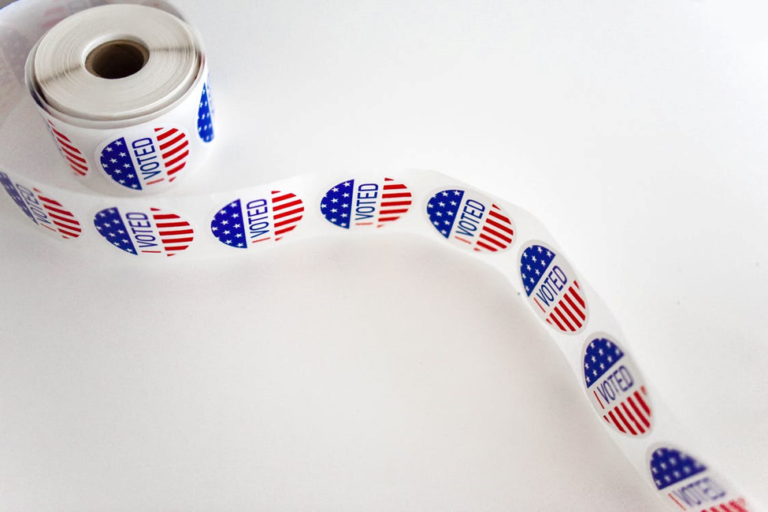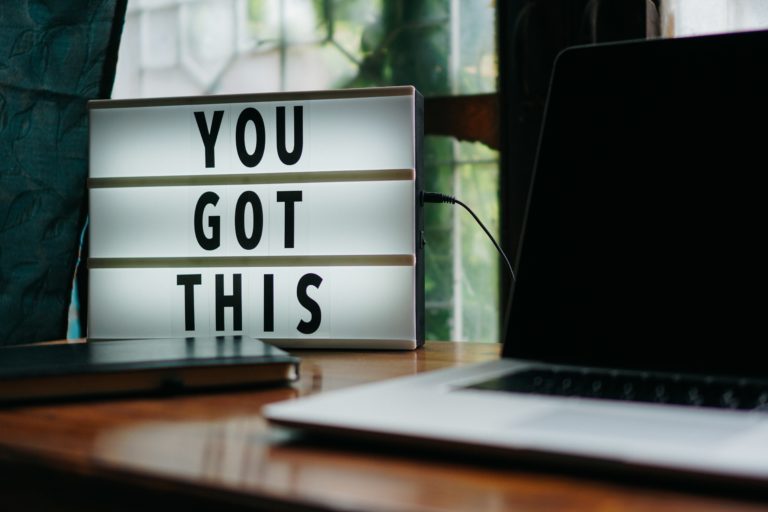Record numbers of women have entered politics since 2016, but there is still an…
Midyear Check In: How Are Women Candidates for Governor Faring?

We have less than four months to go until the general midterm election (!), and we are halfway through 2022. Time flies! Our team at BLFF is taking stock of where things stand for women candidates and incumbents. The last comparable midterm year, 2018, was the “Year of Women”—particularly in Congress and governor’s offices. That year, more women ran for those offices than ever before, and the election resulted in a number of trailblazing and prominent women taking office on both sides of the aisle, who would go on to influence policy and our national conversation, including Representative Ayanna Pressley to Governor Kristi Noem.
Of course, much has changed since 2018. The pandemic has disproportionately affected women, and particularly women of color. Our research has shown that women report feeling burned out isolated, and increasingly tuned out from politics. Their finances and mental health have suffered, and they believe that the pandemic has exposed serious cracks in the workforce, healthcare, and caregiving. That said, our research also found that women voters still view women leaders as a positive influence.
2022 looked potentially poised to set a new record and make progress for women at various levels of office and especially in races for governor, which has historically been male-dominated and largely white. We have tracked women candidates for governor for over 20 years, and the best illustration of the uphill battle women face to reach a state’s corner office is that all the women governors in history could fit into a standard New York City subway car—and they’d all get a seat.
Unfortunately, as we approach November, the number of women candidates for governor has thinned—candidates who could have potentially blazed new trails did not make it through their primaries in Idaho and Pennsylvania (two states that have never had a woman governor), in Texas—where Joy Diaz would’ve been the first Latina governor—and in South Carolina, where Mia McLeod could’ve been in the running to be the first Black woman governor in the country.
But there are still bright spots: the current number of women nominees for governor—16—matches the record set in 2018. In Oregon, three women: Tina Kotek (D), Christine Drazan (R), and Betsy Johnson (unaffiliated) will appear on the ballot in November, guaranteeing that a women will take Governor Kate Brown’s seat (Governor Brown is not eligible for reelection due to term limits). In Arkansas, another state that has never had a woman governor, Sarah Huckabee Sanders is the Republican nominee. Nan Whaley and Cheryl Stephens are running for Ohio governor and lieutenant governor—their state has never elected a woman governor.
With a number of consequential primaries still on the horizon in August and September—from Arizona to Rhode Island, Florida, and Massachusetts—we know from our BLFF research that women face challenges running for executive office that men simply do not. That goes double for women of color. Voters have a stubborn “imagination barrier” that keeps them from even being able to visualize a woman governor. Women candidates must walk a tightrope of “likeability” and qualifications. They must demonstrate strength but not seem “too tough.” Even once they are in office and running for reelection as incumbents, voters do not assume they are doing a good job.






